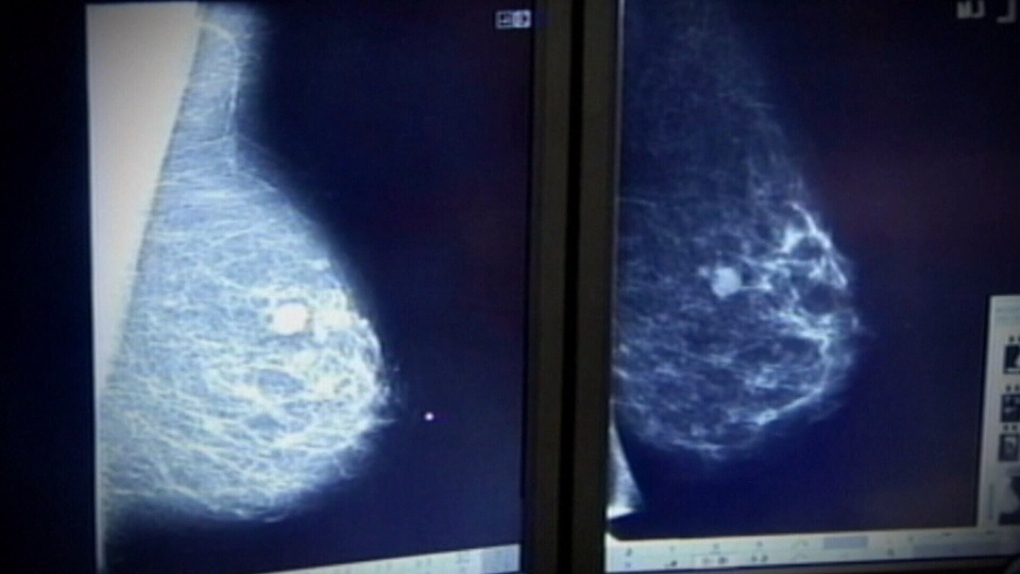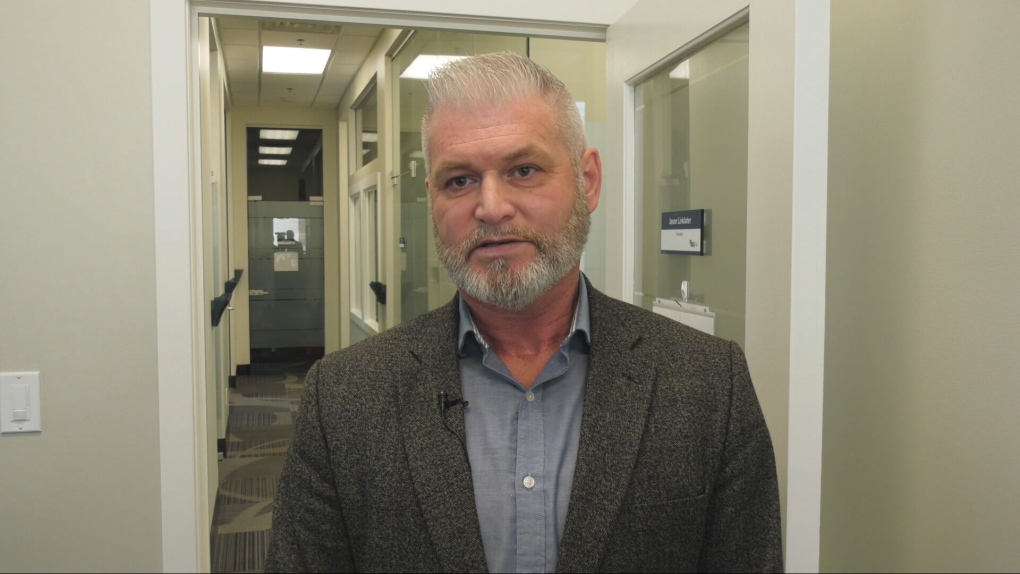Shannon Coates was training for her eighth Manitoba Marathon in June of 2022 when she noticed a change in one of her breasts.
She thought her sports bra could be to blame.
Not one to roll the dice, she went to her family doctor to get it checked out.
“My family doctor knew well the extensive history I had with breast cancer,” she said.
Her mother, aunt and grandmother’s sister were all diagnosed with the disease, so her doctor thought it best to send her for her first mammogram.
Days later, Coates was diagnosed with stage three breast cancer.
She underwent treatment, and is now happy to call herself a cancer survivor.
Still, she can’t help but wonder what would have happened if her three previous requests for screening in her 30s and 40s would have been granted.
“I was continuously denied mammograms and screenings. They kept on telling me I was too young. You’re not too young to have breast cancer, especially with my extensive history. I really wish they would have taken it seriously and allowed me to have proper screening in my ‘40s.”
Shannon Coates is pictured during a Sept. 24, 2024 interview. (Jon Hendricks/CTV News Winnipeg)
Currently, Manitoba only offers screening mammograms to women over the age of 50, but there are plans in the works to change that.
The province announced Tuesday a new strategy to lower the age for mammogram self-referrals to 40 from 50.
The initial plan is to lower it to 45 by the end of next year.
To do so, CancerCare Manitoba has already begun working to hire more mammography technologists and to increase screening appointments for people aged 50 to 74.
“As we lower the screening age in Manitoba, it’s critical that the system has what it needs to meet a higher demand,” said Uzoma Asagwara, Manitoba’s minister for health, seniors and long-term care.
“This will ensure that vulnerable people – especially marginalized and low-income women – are able to access the care they need.”
According to the province, more breast screening clinics will be added as targets and staffing requirements are met.
With the new targets, CancerCare Manitoba President Sri Navaratnam said they will prioritize increasing access for people who are typically underserved by the health-care system.
“With this change, CancerCare Manitoba’s breast screening program will be providing more mammograms closer to home and with care to providing culturally sensitive and appropriate services,” she said.
When fully expanded, the province estimates its breast cancer screening program will nearly double its capacity to over 80,000 screening mammograms per year.

‘We’re running behind as it stands now’
Manitoba Association of Health Care Professionals President Jason Linklater applauds the announcement, saying this age range is best practice, and will align Manitoba with other jurisdictions.
Still, Linklater worries adding more patients will put further strain on an already stressed sector of the health-care system. Currently, there is a 40 per cent vacancy rate for mammography technologists in Manitoba and there is roughly a six-month waitlist for mammograms, he said.
“We are short 40 per cent based on the people we have now, so we’re running behind as it stands now without a big investment into staffing, training. It’s just not something that is feasible.”
 Manitoba Association of Health Care Professionals President Jason Linklater is pictured in a Sept. 24, 2024 interview. (Jon Hendricks/CTV News Winnipeg)
Manitoba Association of Health Care Professionals President Jason Linklater is pictured in a Sept. 24, 2024 interview. (Jon Hendricks/CTV News Winnipeg)
Meantime, PC Health Critic Kathleen Cook welcomed the push to lower the age, but said the province’s ‘vague promise’ to eventually lower the screening age to 40 was not good enough.
“The NDP need to provide a step-by-step plan to address their lack of a strategy to attract technologists, radiologists, and other healthcare professionals in Manitoba,” she said.
– With files from CTV’s Jon Hendricks

